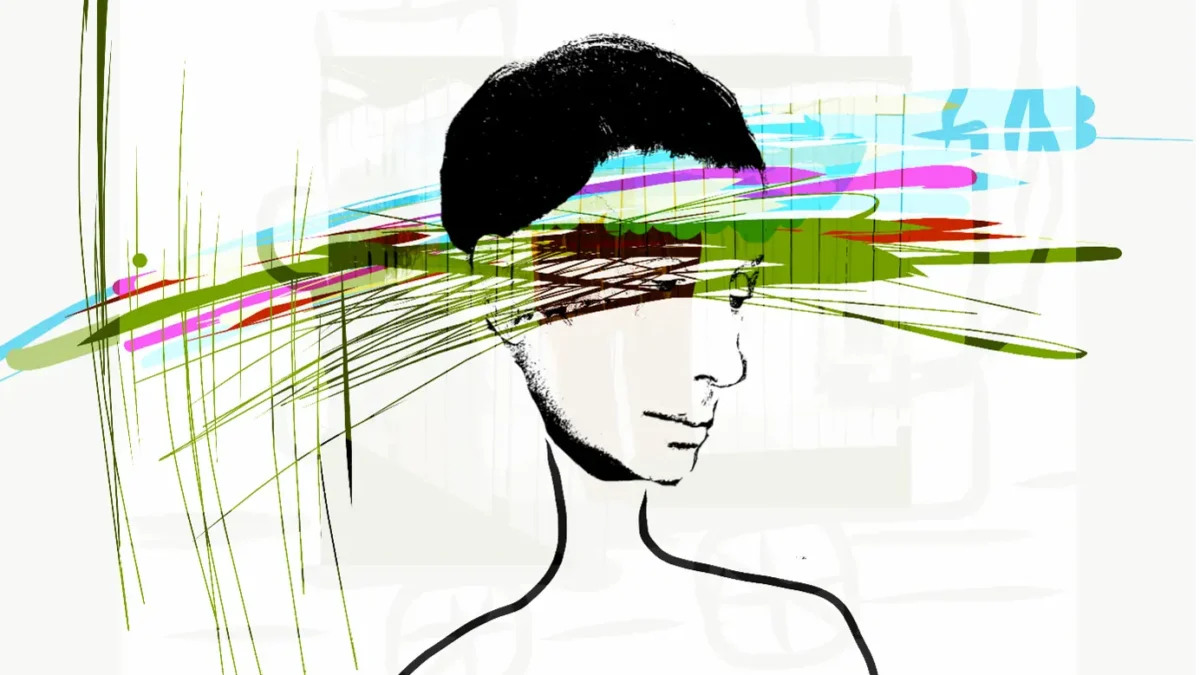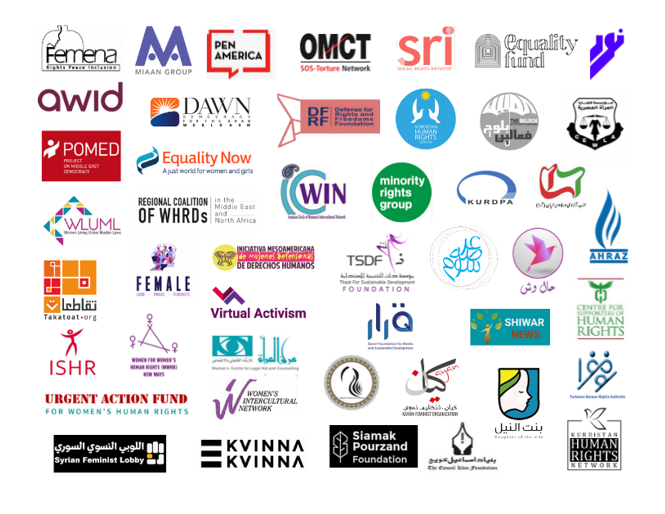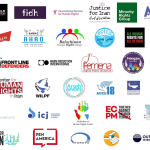
Call for a renewal of UN Special Rapporteur on human rights in Iran
March 18, 2024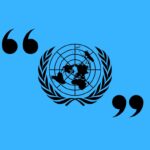
Renew UN Investigations into Iran’s Human Rights Violations
March 18, 2025The Iranian government’s long history of systematic repression has deeply traumatized its people, creating significant barriers to democratic change. Since the 1979 Revolution, state-induced violence—including mass executions, political purges, and suppression of protests—has fostered fear, distrust, and social fragmentation. This “culture of fear” erodes trust in institutions, fuels self-censorship, and hinders collective action. Women, ethnic minorities, and political dissidents face the harshest repression, exacerbating psychological and societal wounds. Addressing this trauma through truth-seeking, civic education, and international solidarity is crucial for breaking the cycle of fear and paving the way for a democratic future in Iran.
Examining the Impact of Systematic Repression
Kamran Ashtary
The contemporary history of Iran is marked by a series of tragic and horrific events that have left deep psychological, social, and political impacts on its people. The Islamic Republic of Iran (IRI) has systematically inflicted trauma on Iranians through various methods with a clear objective: “to maintain authority and suppress any opposition to its power.” Since the victory of the 1979 Revolution, the IRI has employed numerous tactics to instill fear, create social fragmentation, and prevent democratic development. From mass executions, war, and political purges to widespread arrests, executions, and the suppression of protests, these events have left deep wounds on Iranian society, complicating the prospects for democracy. Recent tragedies, such as the death of Mahsa Amini in custody and the widespread protests that followed, are only the latest examples of these state-induced traumas. This article explores why trauma can be an obstacle to democracy and how this barrier can be confronted by referencing specific events and scientific perspectives.
This trauma manifests in various ways. Political repression, marginalization, and the brutal suppression of dissent have all led to a pervasive sense of fear, distrust, and helplessness among the Iranian people. By creating a “culture of fear,” the regime prevents collective action and democratic participation. The erosion of trust in institutions, social fragmentation, self-censorship, and psychological barriers to political participation are all products of this trauma. The IRI’s divide-and-rule strategy ensures that no cohesive democratic movement forms, thereby tightening its grip on authoritarian power.
Overcoming these deep-seated traumas requires truth-seeking and reconciliation processes, psychological and social support, civic education, inclusive movements, and international solidarity. Only by addressing these wounds can the people of Iran hope for a democratic future free from fear and repression.
Understanding Trauma and Its Impact on Society
Trauma is a psychological response to a life-threatening or severely distressing event or series of events. When a society experiences trauma collectively—whether through war, political repression, or social unrest—the psychological impacts extend beyond individuals, embedding themselves in the cultural and political fabric of that society. As Laub and Auerhahn (1993) explain, “Collective trauma can profoundly affect the semantic systems that underlie any culture, fundamentally altering how people relate to one another, to the state, and even to themselves.”
Trauma can have profound effects on an individual’s psyche, typically manifesting as feelings of fear, anxiety, hopelessness, and distrust of others or even oneself. Traumatized individuals may suffer from recurring nightmares, constant reliving of painful memories, and a loss of normal functioning in everyday life. In a society under pressure and repression, these conditions can lead to widespread psychological, social, and economic problems. Additionally, collective traumas can be inherited by subsequent generations, affecting the future of the society as well. Thus, trauma not only affects individuals but also the society as a whole, leading to a decline in public trust, the emergence of widespread psychological disorders, and even hindering economic and political development. Ultimately, this creates a vicious cycle of trauma and repression that is very difficult for a society to escape.
Unresolved traumas can have long-term and deep effects on an individual’s psyche and body. When trauma is not addressed and treated, individuals may continuously struggle with negative emotions such as anxiety and depression, and even contemplate suicide. These psychological issues can disrupt daily functioning and reduce the ability to form healthy and effective relationships with others.
In addition to psychological effects, untreated traumas can lead to physical problems. Chronic stress resulting from trauma can weaken the immune system, making individuals more vulnerable to various diseases. Sleep disorders, high blood pressure, heart problems, and even digestive issues can be the result of untreated psychological traumas. As research has shown, the mind and body are interconnected, and psychological problems such as trauma can directly affect an individual’s physical health, leading to a cycle of health issues that are difficult to treat without specialized intervention.
In Iran, the Cycle of Violence and Repression Since the 1979 Revolution Has Created a Deeply Traumatized Society
This trauma affects the ability to trust government institutions, participate in civic life, and support democratic reforms. This atmosphere of fear and repression has led to self-censorship, social division, and a pervasive sense of helplessness—elements that all pose significant barriers to building a democratic society.
This situation is concerning because, on the one hand, there is a society in need of psychological support for victims, but these individuals face many challenges. Among these challenges is the lack of adequate treatment centers specifically addressing trauma and its effects on spouses, children, and families. The lack of adequate and specialized facilities in this area has exacerbated the psychological and social problems of victims and their families, severely limiting society’s ability to manage and treat these traumas.
For women in Iran, the traumas resulting from state repression and gender discrimination, particularly in educational and employment contexts, have had significant impacts. Repressive policies have specifically had widespread negative effects on women. Inequality in access to higher education and job opportunities, especially for minority women, has reduced economic opportunities and increased poverty. Additionally, restrictive laws imposed on women, such as travel restrictions without a husband’s or guardian’s permission and mandatory hijab, have exacerbated psychological and social traumas among women. These laws, which systematically limit women’s individual freedoms, have created an atmosphere of despair and distrust among them, hindering their active participation in social and political processes.
The mandatory hijab, as one of the most prominent symbols of gender repression, not only imposes physical restrictions on women but also has deep psychological and social effects. This policy deprives women of their most basic rights—the right to choose their clothing—and has become a tool for controlling and oppressing them. As a result, educational repression, gender discrimination, and legal restrictions like mandatory hijab and travel limitations have acted as drivers of broader gender and social inequalities, hindering the creation of a just and equal society.
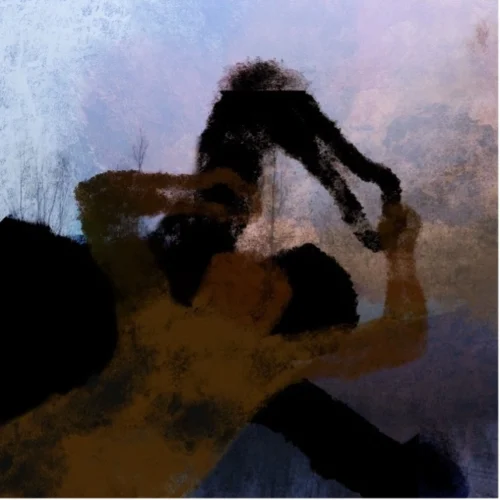
Erosion of Trust in Institutions
The erosion of trust in institutions is one of the most significant consequences of trauma in a society. Trust is a fundamental element of democracy, as it allows citizens to engage with political processes, participate in governance, and hold their leaders accountable. In Iran, trust in government institutions has been repeatedly undermined by the state’s use of violence and repression.
For example, during the protests following the controversial 2009 presidential election, in which Mahmoud Ahmadinejad was declared the winner with 63% of the vote despite numerous reports of irregularities and election fraud, the Iranian government responded to the protests with severe repression. This violent response, which included arrests, torture, and even the killing of protesters, created an atmosphere of fear and distrust, gradually turning the Green Movement, which initially emerged as a powerful force for democracy, into a dead and ineffective movement. As Hooman Majd (2010) points out, “The violent suppression of the 2009 protests destroyed any remaining public trust in justice and transparency in Iran’s electoral process.” These social and psychological traumas, along with ongoing repression, have significantly impacted the political spirit and participation of the society, making grassroots efforts for change and reform face serious psychological and social obstacles.
This distrust was further exacerbated by the government’s response to the widespread protests of 2017 and 2019 against economic injustice, where once again, state violence was used to suppress dissent. The regime’s repeated failure to respond to citizens’ demands through peaceful means, combined with its reliance on violence and repression, has led to a widespread sense of disillusionment and despair with the political system. Without trust in institutions, citizens are less likely to participate in democratic processes such as voting, engaging in civil society, or advocating for their rights, which weakens the prospects for democratic change.
Social Division and Divergence
The strategy of division involves creating separation and discord among groups or individuals to reduce their power and influence, thereby facilitating control and management. The government has systematically marginalized ethnic, religious, and political groups, creating deep rifts in society. This marginalization is evident in the state’s treatment of ethnic minorities such as Kurds and Baluchis, and religious minorities such as Baha’is, who have faced systematic discrimination and repression.
Moreover, the government has actively suppressed any media that challenges the official narrative or calls for reform. The state prevents open discussion and debate, which are essential elements of a democratic society. The result is a society where different groups view each other with distrust and are less likely to unite for democratic change. As Arash Davari (2017) states, “A divided opposition is one of the biggest obstacles to democratic transformation, as it prevents the formation of a united front against authoritarian rule.”
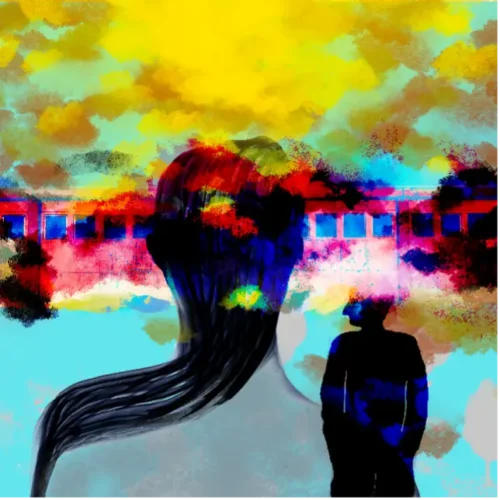
Silencing and Self-Censorship
The culture of fear and self-censorship is another significant obstacle to democracy in a traumatized society. The Iranian government’s use of violence and repression to silence dissent has created an atmosphere where citizens are afraid to express opposition to the regime or demand their rights. The violent suppression of protests following Mahsa Amini’s death is a recent example of this. By September 24, 2023, at least 551 people, including 68 children, had been killed due to the government’s intervention in protests, and more than 19,262 people had been arrested in 134 cities and 132 universities. This repression has reinforced a culture of fear and silence, severely limiting society’s efforts to achieve democratic change.
References:
- Al-Ali, N., & Pratt, N. (2009). What Kind of Liberation?: Women and the Occupation of Iraq. University of California Press.
- Anderson, L. (2013). The State and Social Transformation in Tunisia and Libya. Princeton University Press.
- Dabashi, H. (2011). Iran, the Green Movement and the USA: The Fox and the Paradox. Zed Books.
- Davari, A. (2017). “The Political Afterlife of Iran’s 1979 Revolution.” Middle East Report.
- Ebadi, S. (2016). Until We Are Free: My Fight for Human Rights in Iran. Random House.
- Golkar, S. (2015). Captive Society: The Basij Militia and Social Control in Iran. Columbia University Press.
- Haggard, S., & Kaufman, R. (2016). Dictators and Democrats: Masses, Elites, and Regime Change. Princeton University Press.
- Hayner, P. (2002). Unspeakable Truths: Transitional Justice and the Challenge of Truth Commissions. Routledge.
- Human Rights Watch. (2019). “Iran: Systematic Repression of Dissent.”
- Kamrava, M. (2021). A Concise History of Revolution. Cambridge University Press.
- Majd, H. (2010). The Ayatollah Begs to Differ: The Paradox of Modern Iran. Anchor Books.
- Monshipouri, M. (2016). Inside the Islamic Republic: Social Change in Post-Khomeini Iran. Oxford University Press.
- Smelser, N. J. (2004). Psychological Trauma and Cultural Trauma. University of California Press.
- WHO (World Health Organization). (2005). “Mental Health and Psychosocial Support in Post-Conflict Situations.”
About the author
Kamran Ashtary is an artist, researcher, and human rights advocate who focuses on the impacts of systematic oppression and collective trauma. As a victim of the Islamic Republic of Iran, he combines his personal experiences with scientific research on trauma and its psychological and social effects. His research is particularly centered on how authoritarian regimes inflict psychological harm and obstruct democratic pathways.
Through his artwork and research, Kamran Ashtary delves into the profound effects of political violence on individuals and society, aiming to promote human rights and recovery in conditions of severe repression. His work not only reflects the pain and suffering of victims but also seeks to raise awareness about the widespread impact of such violence and contribute to improving the human rights situation.
__________________________________________________________________________________________
All images (c) Kamran Ashtary, used with permission.


